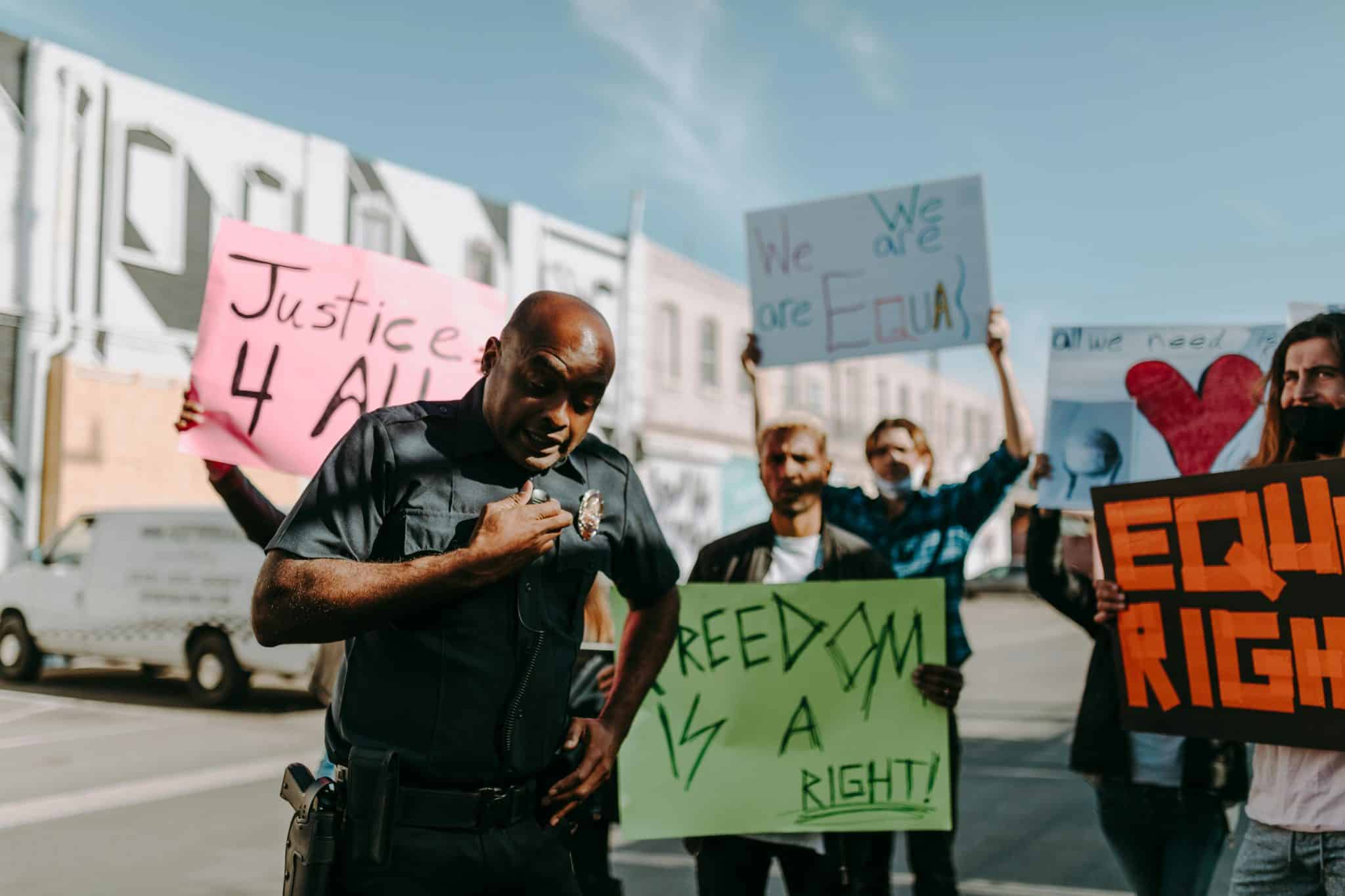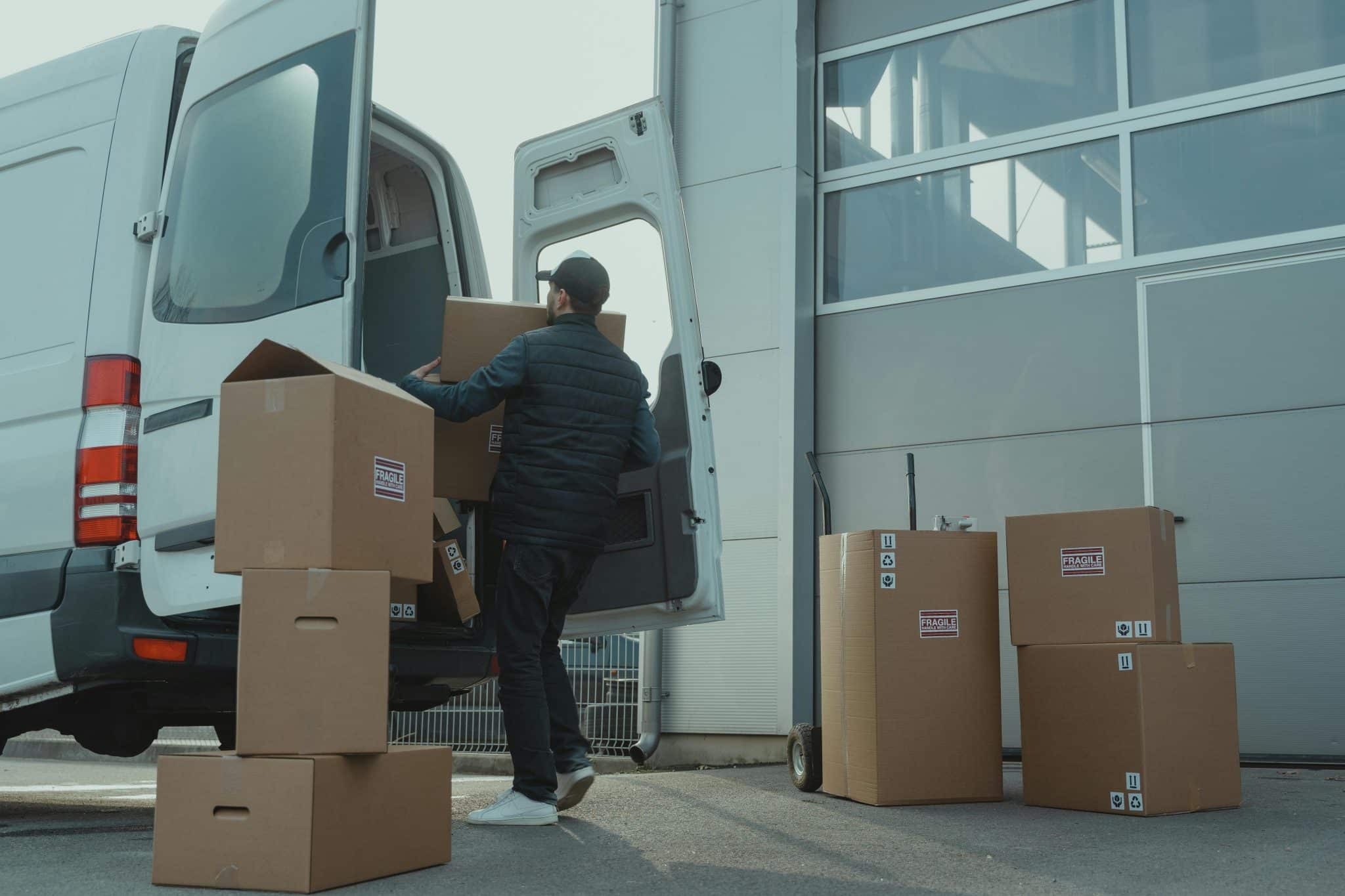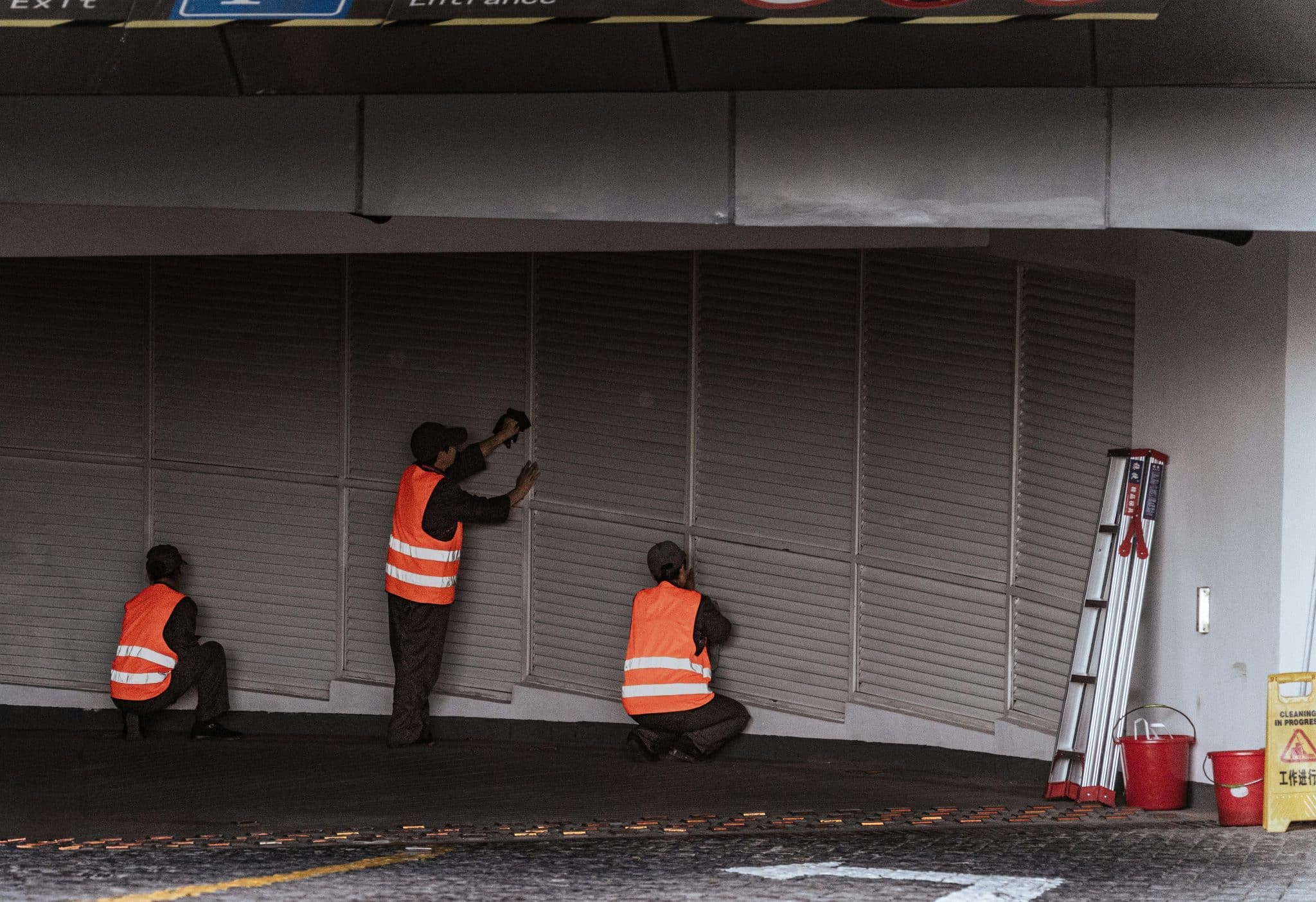In a moment, life may be turned upside-down by disasters that are either negligently made, poorly crafted merchandise, or brute weather. Business owners and families not only experience physical damage to their houses and property but also emotional, financial, and health problems, which can persist even after the situation.
During such times, there are usually two major players who come to the rescue: they are the legal experts who will see to it that justice and compensation are given to the victim and the experts who will rebuild physically and restore some form of normalcy. This alliance leaves no doubt of the route from crisis to recovery, making the victims not limp through the wake of catastrophes but prosper.
1. The Immediate Impact of Crisis on Families and Communities
Once a house or a business suffers serious damage, it is not only the structural losses that are experienced. It may cause stress, alienation, and monetary problems to all concerned. Families can lose precious, irreplaceable items, and businesses can face closure, which can result in loss of livelihood.
In the case of communities, a major disaster may destabilize an entire neighborhood, ruining the feeling of safety and stability. Emergency support and healing are of utmost importance, and it is at this point that restoration pros and law firms can help.
2. How Legal Action Provides Financial and Emotional Relief
Legal professionals assist victims in navigating complex claims against those responsible for the harm. This could involve filing lawsuits against negligent corporations, landlords who ignored safety issues, product manufacturers, or even environmental polluters.
“Legal action isn’t just about compensation,” says Sarah N. Westcot, Managing Partner at Bursor & Fisher, P.A., “It’s about holding negligent parties accountable and creating systemic changes that protect others from future harm. The settlements we secure help families regain financial stability while sending a strong message that irresponsible practices will not be tolerated.”
3. The Role of Restoration Services in Rebuilding
While the legal process unfolds, restoration companies are on the frontlines of physical recovery. Experts like Manhattan Flood Restoration assess the damage, prevent further risks, and begin the cleanup or rebuild process. Whether it’s mitigating mold growth, repairing fire damage, or restoring storm-ravaged homes, these services provide tangible results that families can see and feel.
“Restoration is about more than just fixing buildings,” explains Carl Panepinto, Marketing Director at Manhattan Flood Restoration. “We help clients navigate insurance claims, salvage what’s possible, and rebuild their homes or businesses with care. That visible progress is often the first sign that life can return to normal.”
4. Why Legal and Restoration Teams Work Better Together
Dr. Nick Oberheiden, Founder at Oberheiden P.C., adds, ” The most effective results are achieved when legal professionals work together and restoration professionals. Restoration companies are also often called upon by attorneys when it comes to documenting damages and making repair estimates, as well as appearing as expert witnesses.
These reports reinforce allegations and ensure that settlements are a real expression of the magnitude of the loss. Restoration teams, in turn, can learn the big picture of the laws and how their clients can retain evidence and talk to insurers. Combined, they create a comprehensive support where they focus on not only the legal but also the practical issues of rebuilding.
5. Real-Life Example: Toxic Mold and Tenant Rights
To give an example, in places where there is an issue of toxic mold, the tenants can be subjected to health problems, as well as massive property damage. John Beebe, CEO at Classic Car Deal, says, “The lawyers may make the landlords liable due to their negligence of safety compliance, whereas the restoration firms will clean the molds and make the place habitable.
The coordinated effort not only aids the recovery of the victims but also makes the property owners change towards safer working practices, resulting in safer household settings for everyone involved.
6. Mass Torts and Community-Wide Recovery
Environmental disasters—such as water contamination or chemical plant leaks—often affect entire communities. Victims band together in mass tort lawsuits, holding corporations accountable for large-scale harm.
“These cases don’t just secure settlements for individuals,” notes Timothy Allen, Director at Corporate Investigation Consulting. “They also fund community-wide restoration efforts, replacing damaged infrastructure and restoring safe living conditions for everyone affected. This is where law and restoration work hand-in-hand to create lasting change.”
7. Insurance Isn’t Always Enough
Most victims first approach their insurers with the hope of getting a reprieve to find that their claims are either delayed, underpaid, or entirely turned down. The lawyers intervene to fight these bad-practice policies, and restoration firms offer documentation of the actual repair cost.
This collaboration would mean the victims do not end up footing the cost of recovery on their own, especially in complicated cases where the insurers would want to minimize their responsibility,” shared Gerrid Smith, Founder & CEO of Fortress Growth.
8. From Victimhood to Empowerment
Recovery goes beyond compensation and replacing drywall; it’s used to restore dignity and to give back peace of mind. The idea of justice comes with legal wins, and there is a certain progress that can be seen with restoration professionals. Collectively, these initiatives assist the victims in advancing beyond the crisis to empowerment in full awareness that they do not stand alone in the reconstruction.
According to Carl Panepinto, it is an understandably dramatic feeling every time a project is complete and a family is walking back inside their home, the first time. This is not about the walls and roofs, but rather about hope and confidence in the future being restored.
Conclusion: A Pathway Back to Stability
Experiences of disasters and carelessness may make people feel hopeless, but both the legal professionals and restoration specialists can provide a definite way out of the situation. The legal enforcement takes care of the irresponsible individuals and ensures that the resources to restructure the lives of the victims are availed, and the restoration agencies come in to reconstruct the homes as well as the businesses.
It is an effective combination that can change lives and demonstrates that recovery is possible, but in reality, it is feasible. Through lawsuits to livelihoods, victims stand to benefit from becoming stronger in the sense that their hope and future are no longer uncertain.









One Comment